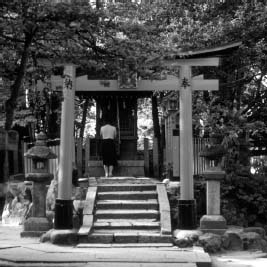ShintoHistory and Sources |
What were the earliest Shinto sacred texts? |
Two eighth-century documents are Shinto’s foundational texts. These are among the youngest of the major religious tradition’s primary works. Unlike many other sacred texts, they are not considered to have been divinely written even though their subject matter is of divine origin. In other words, these scriptures are not considered divine communication as such, but communication about things divine. The Records of Ancient Matters, or Kojiki, dates to 712 C.E. Composed by a courtier named Yasumaro, its three volumes deal with events beginning with the creation of the Japanese islands and people and continuing down to 628 C.E. Exegetes have authored scores of major commentaries (called kojikiden) in relatively recent times. The thirty-volume Chronicles of Japan, called Nihongi as well as Nihon Shoki, was completed in 720 C.E. About three times the length of the Kojiki, the Chronicles also recount the ancient cosmogonic myth, though in a less detailed fashion. Greater detail about subsequent imperial history includes events up to 697 C.E. These two texts enjoyed prominence after the seventeenth century, when a school of Shinto studies called “National Learning” (kokugaku) set out to probe the sources for the essence of being Japanese that they communicate. These primary texts are so important because they record the history of the imperial family and legitimate its authority by establishing its divine lineage.

A solitary worshipper pays respects to the kami at a small local wayside shrine, Kyoto, Japan.
